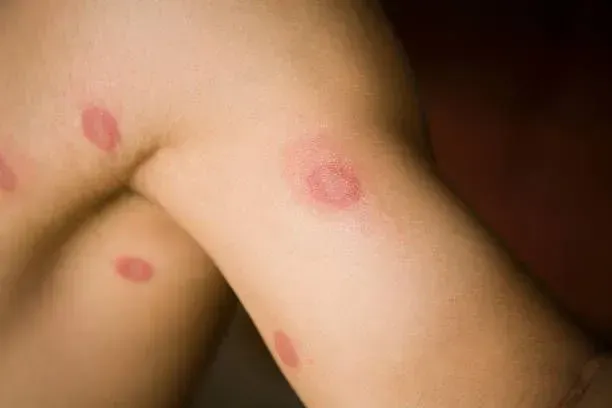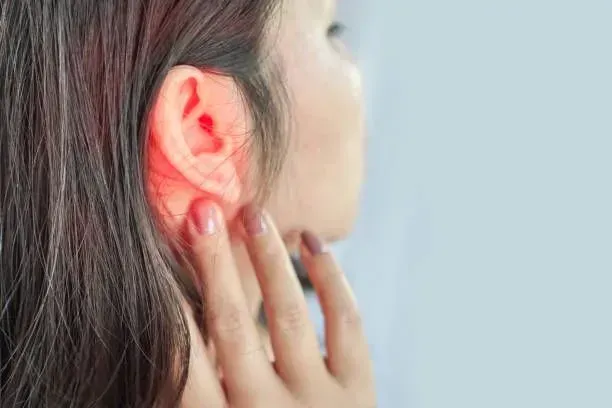What are Migraines - And How to Treat Them
Almost everybody has had a headache in the past. But what’s the difference between a headache and a migraine? Migraines are more than just headaches—they are a complex neurological condition that can significantly disrupt daily life. Characterized by intense, throbbing pain often accompanied by nausea, sensitivity to light and sound, and sometimes aura, migraines affect millions worldwide and are often the cause of urgent care clinic visits, too.
Understanding migraines, their triggers, and potential treatments is crucial for those seeking relief. We hope to demystify migraines. So, whether you're a long-time sufferer or newly diagnosed, our guide is here to expose the path to better migraine management and improved quality of life.
Understanding Migraines
Migraines are a debilitating neurological disorder marked by recurrent episodes of extreme head pain and its associated symptoms. Unlike typical headaches, migraines often present with a pulsating or throbbing pain, usually on one side of the head. Symptoms can include nausea, vomiting, and extreme sensitivity to light and sound, significantly impairing daily activities. Some individuals experience a distinctive phase known as an "aura" before the headache begins, featuring visual disturbances, tingling sensations, or difficulty speaking.
The exact cause of migraines still remains unclear, but medical researchers believe they involve changes in brain activity and neurotransmitter levels. Genetics also play a pivotal role, with a higher likelihood of migraines running in families. Various triggers can precipitate an attack, including stress, certain foods, hormonal fluctuations, and environmental factors like bright lights, certain smells, or weather changes.
If you or someone you know suffers from migraines, the best thing you can do is support them. For example, offer to drive them to their local urgent care for supportive healthcare services.
Migraine Diagnosis
Diagnosing migraines involves a thorough evaluation by a healthcare professional, primarily based on medical history and symptomatology, as there's no definitive test for migraines. During the consultation, patients are often asked to describe their headache patterns, intensity, duration, accompanying symptoms, and any known triggers or relieving factors. A detailed personal and family medical history is also crucial, as migraines have a genetic component.
In some cases, doctors may recommend neuroimaging tests like MRI or CT scans to rule out other causes of headaches and ensure an accurate diagnosis. These scans are particularly important if the headache pattern changes or if other alarming symptoms are present.
Keeping a headache diary can be invaluable in the diagnostic process, helping both the patient and physician identify patterns, triggers, and effective treatment strategies. Proper diagnosis is the first step to effectively managing migraines and improving your overall quality of life.
Treatment Options
Treating migraines effectively requires a comprehensive and tailored approach to the individual's symptoms, triggers, and lifestyle. Everybody has different environmental triggers and lifestyle habits, so no two migraine treatments may be identical. The goal of treatment is not only to alleviate pain during attacks but also to reduce their frequency. Below are the main avenues for managing this complex condition:
Medications
Medications for migraines fall into two categories: pain-relieving (acute treatment) and preventive. Acute treatments, such as NSAIDs or triptans, are taken during migraine attacks to reduce symptoms. Preventive medications, including beta-blockers, CGRP antagonists, and certain antidepressants, are used regularly to decrease the frequency and severity of migraines. A physician or provider, such as an urgent care providers, can discuss medication options with you.
Lifestyle Changes and Home Remedies
Adopting healthy lifestyle habits can significantly impact migraine management. Regular sleep patterns, a balanced diet, hydration, and stress reduction techniques can all help. Home remedies, like applying cold packs to the head or practicing relaxation techniques, provide additional relief.
Alternative Therapies
For those interested in non-pharmacological options, acupuncture, biofeedback, and certain supplements such as magnesium and riboflavin have shown promise in reducing migraine symptoms and frequency. However, there is still research being conducted on their efficacy, so it might be more beneficial to seek urgent care services in the case of a migraine.
Therefore, a multi-faceted approach to treatment, often combining medications, lifestyle adjustments, and possibly alternative therapies, offers the best chance for effective migraine management. Remember that consulting with healthcare professionals can help tailor the right treatment plan to individual needs, leading to better outcomes.
Preventing Migraine Onset
Preventing the onset of migraines involves identifying and managing triggers, alongside adopting lifestyle practices that promote overall brain health. While it's impossible to prevent all migraines, many individuals find significant relief through proactive measures. Key strategies include:
Identifying Triggers
Keeping a migraine diary can be instrumental in recognizing specific patterns or factors leading to attacks. Common triggers include stress, certain foods like aged cheeses or red wine, caffeine, changes in weather, hormonal fluctuations, and lack of sleep.
Lifestyle Modifications
Introducing physical exercise into your daily routine can decrease the frequency and severity of migraines. Activities like yoga or swimming are particularly beneficial, offering stress relief and physical benefits. Also, establishing a regular sleep schedule and maintaining adequate hydration are also crucial. Dietary adjustments, such as limiting processed foods and those high in sugar, can further prevent migraine episodes.
Stress Management
Since stress is a major trigger for many, finding effective stress management techniques is essential. Practices such as mindfulness meditation, deep-breathing exercises, and biofeedback can help maintain a calmer state of mind, reducing the likelihood of migraines.
Get Help With Migraines Today
Understanding, diagnosing, and treating migraines effectively can dramatically improve your quality of life. With the right strategies and support, you can manage symptoms, reduce the frequency of migraines, and reclaim your daily routine. If you're struggling with migraines and need personalized care, or if your migraines persist, seeking medical care can help temporarily manage your symptoms.
Instead of searching Google for “urgent care near me,” trust the experts at UrgiClinic Urgent Care. Our team is dedicated to providing comprehensive support, from diagnosis to tailored treatment plans. Don't let migraines control your life any longer. Visit UrgiClinic Urgent Care today and take the first step towards a life with fewer headaches and clearer, pain-free days.


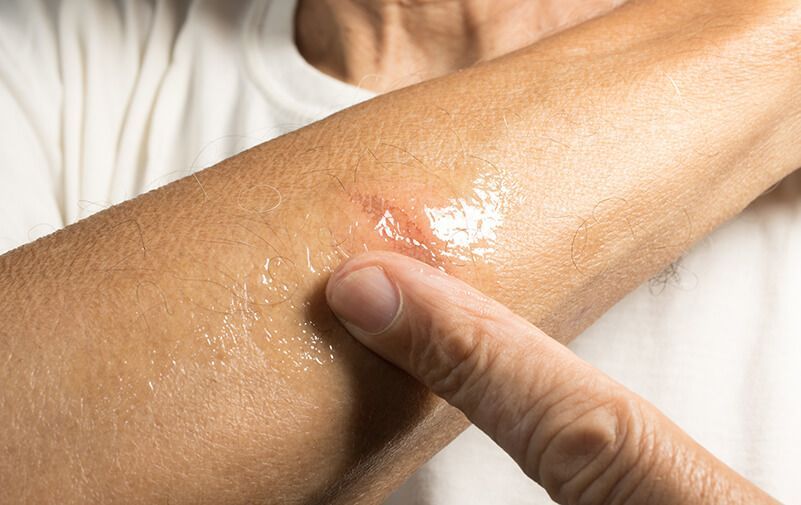



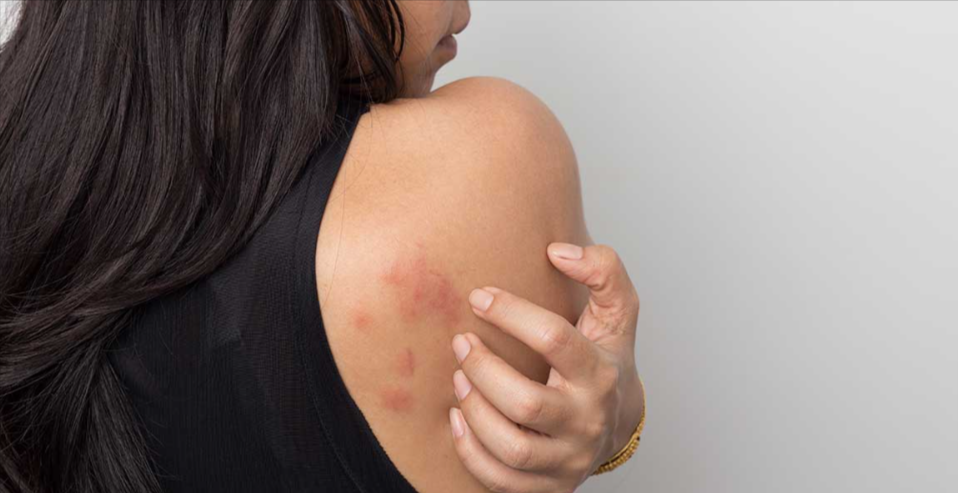
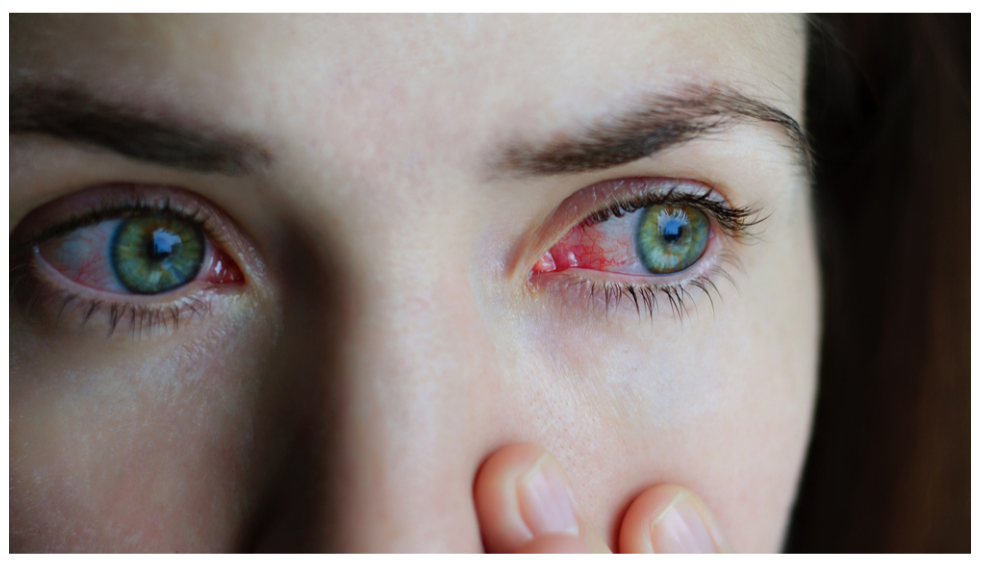
If you believe you have a medical urgent situation, please call 911
Hours: Open 7 Days a Week, from 9 AM to 9 PM
LEGAL LINKS
Quick Links
Contact Us
Phone: (708) 788-5088
Fax: (708) 575-7177
Email: care@urgiclinic.com
Address: 7124 W 83rd St Unit C, Bridgeview, IL 60455
All Rights Reserved | UrgiClinic Urgent Care

